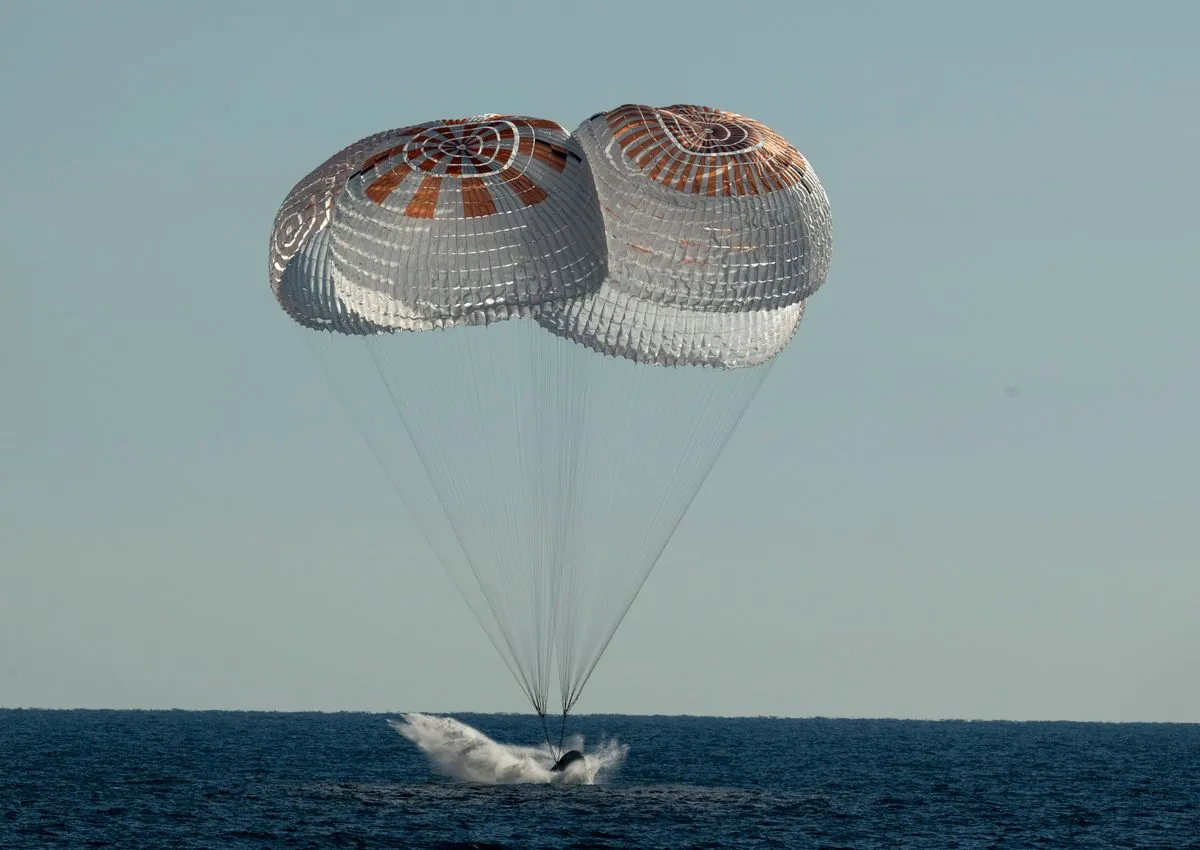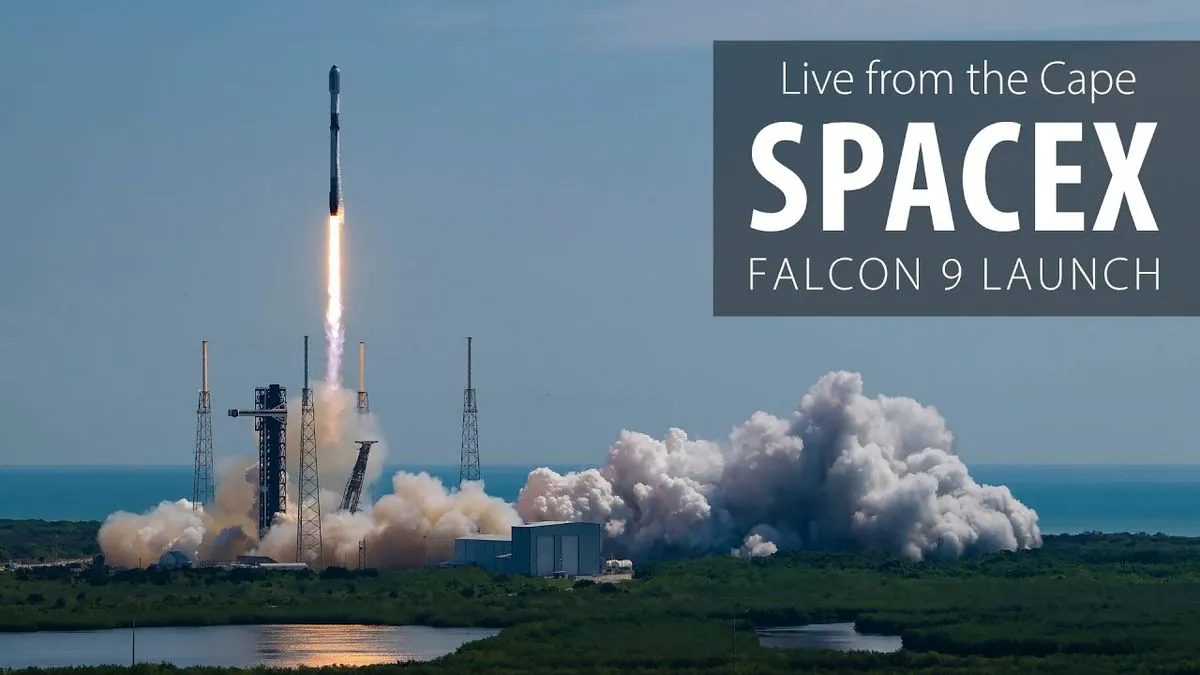Private Spacewalk Milestone: Polaris Dawn Mission Concludes Successfully
The Polaris Dawn mission, featuring the first private citizen spacewalk, has concluded with a splashdown off Florida's coast. The five-day civilian spaceflight achieved multiple historic landmarks in commercial space exploration.

The groundbreaking Polaris Dawn mission, a civilian spaceflight endeavor, concluded today with the successful splashdown of a SpaceX Dragon spacecraft off Florida's coast. This five-day mission marked several significant milestones in commercial space exploration, pushing the boundaries of private space travel.
Jared Isaacman, the billionaire entrepreneur who commissioned the mission, made history by performing the first spacewalk by a private citizen. This achievement was quickly followed by SpaceX engineer Sarah Gillis, who became the first company employee to conduct a spacewalk. These events highlight the growing role of private entities in space exploration, a field traditionally dominated by government agencies.
The four-person crew, which also included retired Air Force Lt. Col. Scott "Kidd" Poteet and SpaceX mission director Anna Melon, launched from Cape Canaveral aboard a SpaceX Falcon 9 rocket five days ago. Cape Canaveral has been a cornerstone of the U.S. space program since the 1950s, witnessing numerous historic launches.

One of the mission's most notable achievements was reaching an altitude of over 870 miles, surpassing the orbit of the International Space Station by more than three times. This made Polaris Dawn the highest crewed mission since the Apollo program ended 52 years ago. The crew orbited Earth six times at this unprecedented height before descending to a lower altitude for the spacewalk.
The spacewalk itself set another record, as all four crew members were simultaneously exposed to the vacuum of space. This was made possible by the absence of an airlock in the Dragon spacecraft, requiring all crew members to don spacesuits while the cabin was depressurized. This event provided valuable data on the risks and challenges of spacewalks, which are also known as Extravehicular Activities (EVAs).
"The spacewalk also represented the first time four astronauts were exposed to the vacuum of space at the same time."
Throughout the mission, the crew conducted various scientific experiments aimed at preparing for future long-duration space flights. These studies focused on crucial aspects of human physiology in space, including changes in eyesight, blood flow alterations in microgravity, and the effects of medications in orbit. Such research is vital for understanding and mitigating the physiological challenges astronauts face during extended space missions, such as muscle atrophy and bone loss.
A lighter moment during the flight came when Sarah Gillis played the Star Wars theme on a violin, marking another first for musical instruments in orbit. This event, captured on video by SpaceX, added a touch of cultural significance to the mission, connecting Earth-based entertainment with the frontier of space exploration.
The primary objective of Polaris Dawn was to test SpaceX's new spacesuit design. These advanced suits are crucial for protecting astronauts from the harsh space environment, including extreme temperatures and radiation. The development of effective and reliable spacesuits is a complex and expensive process, with each suit typically costing millions of dollars.
This mission represents another success for SpaceX, which has been transporting NASA astronauts to and from the International Space Station for the past four years. The company's achievements have led NASA to increasingly rely on SpaceX's capabilities, as evidenced by the decision to use the Dragon spacecraft for the upcoming return of astronauts Sunita Williams and Barry Wilmore from the ISS in February 2025.
Looking ahead, Isaacman has plans for two more flights with SpaceX. His ambitious proposal for the next mission involves flying to the Hubble Space Telescope to potentially extend its operational life by raising its orbit. This initiative could have significant implications for space science and demonstrates the growing intersection of private enterprise and space exploration.
As private companies like SpaceX continue to innovate and push the boundaries of what's possible in space, the future of commercial spaceflight looks increasingly promising. The success of missions like Polaris Dawn paves the way for more civilian involvement in space exploration and scientific research beyond Earth's atmosphere.


































